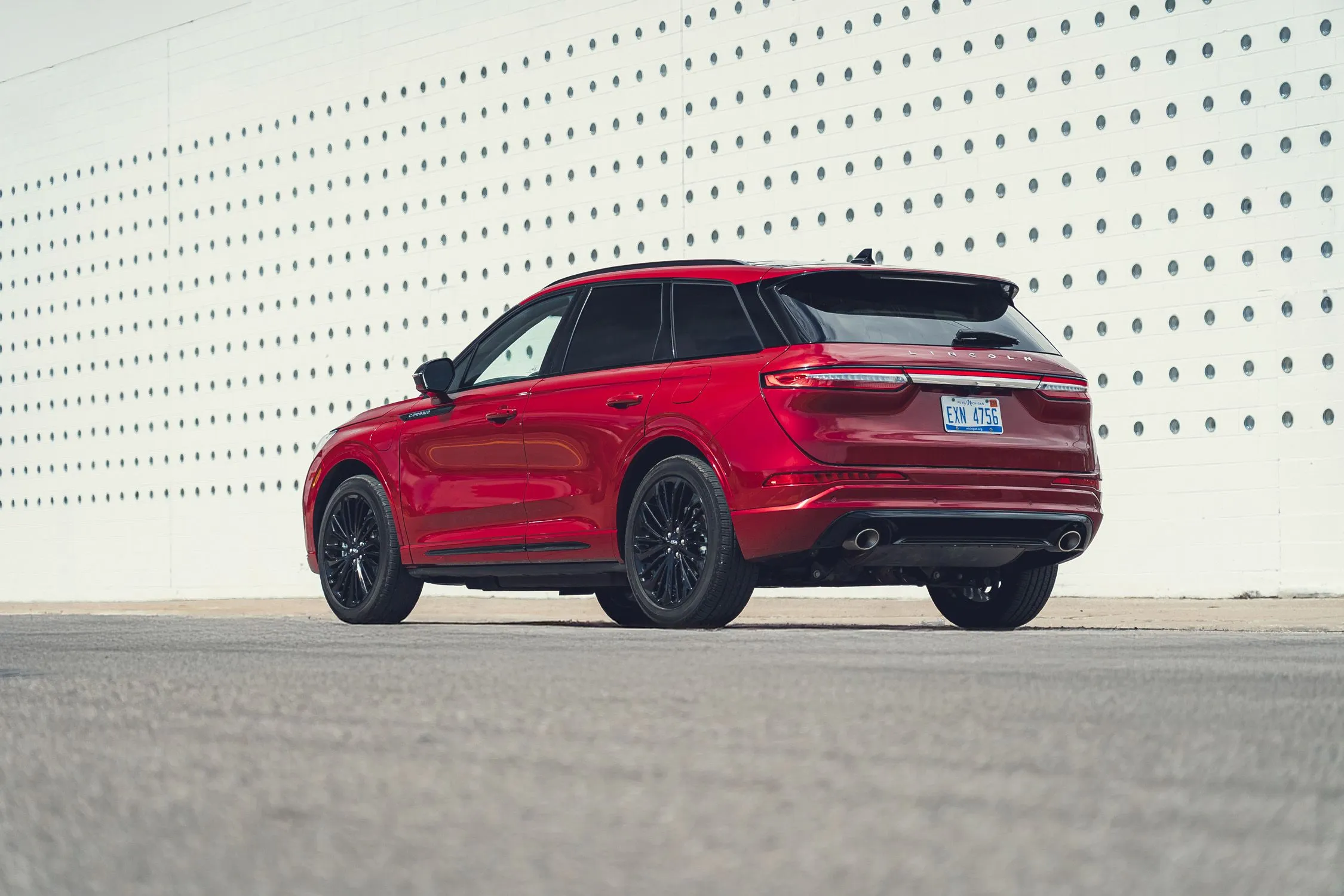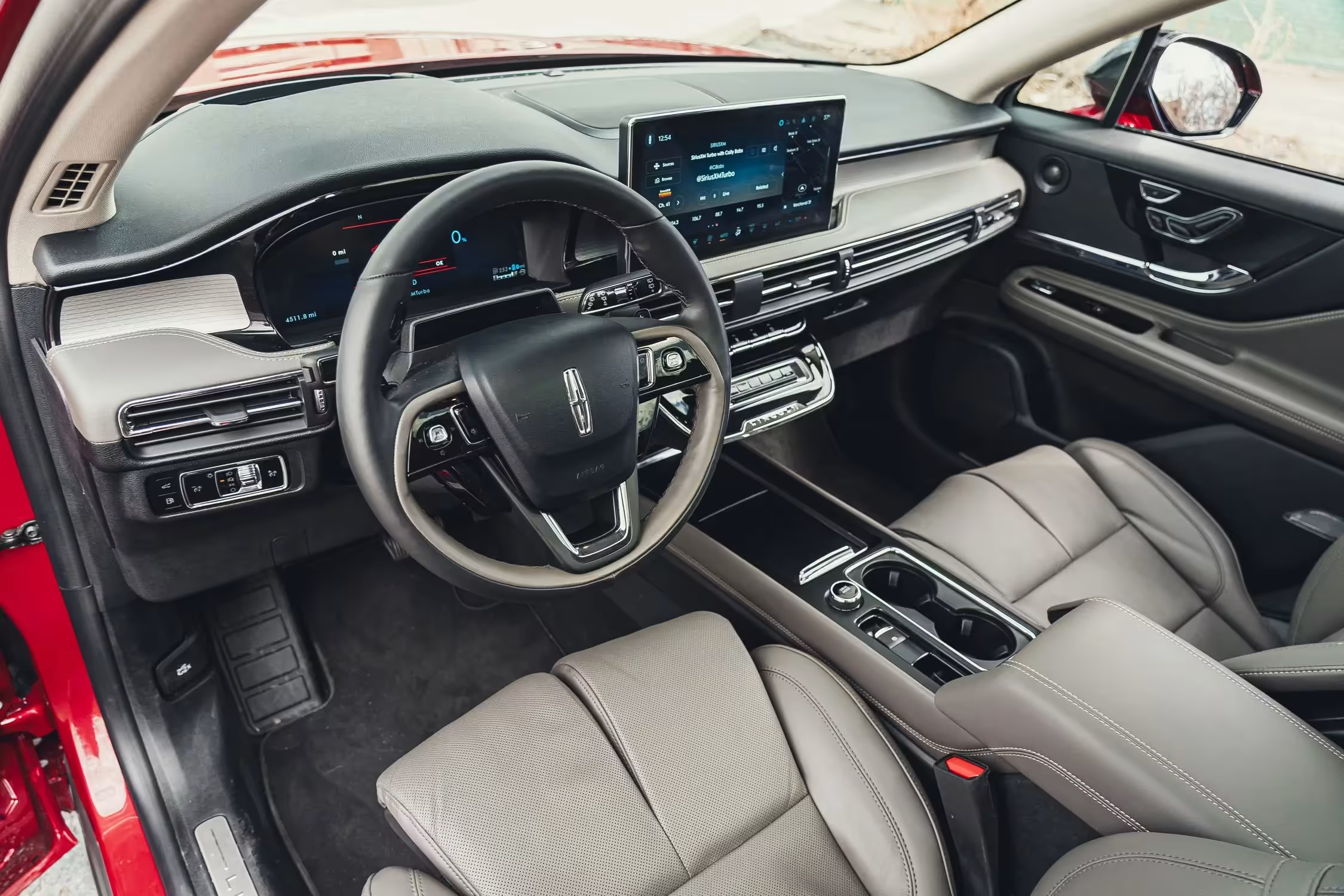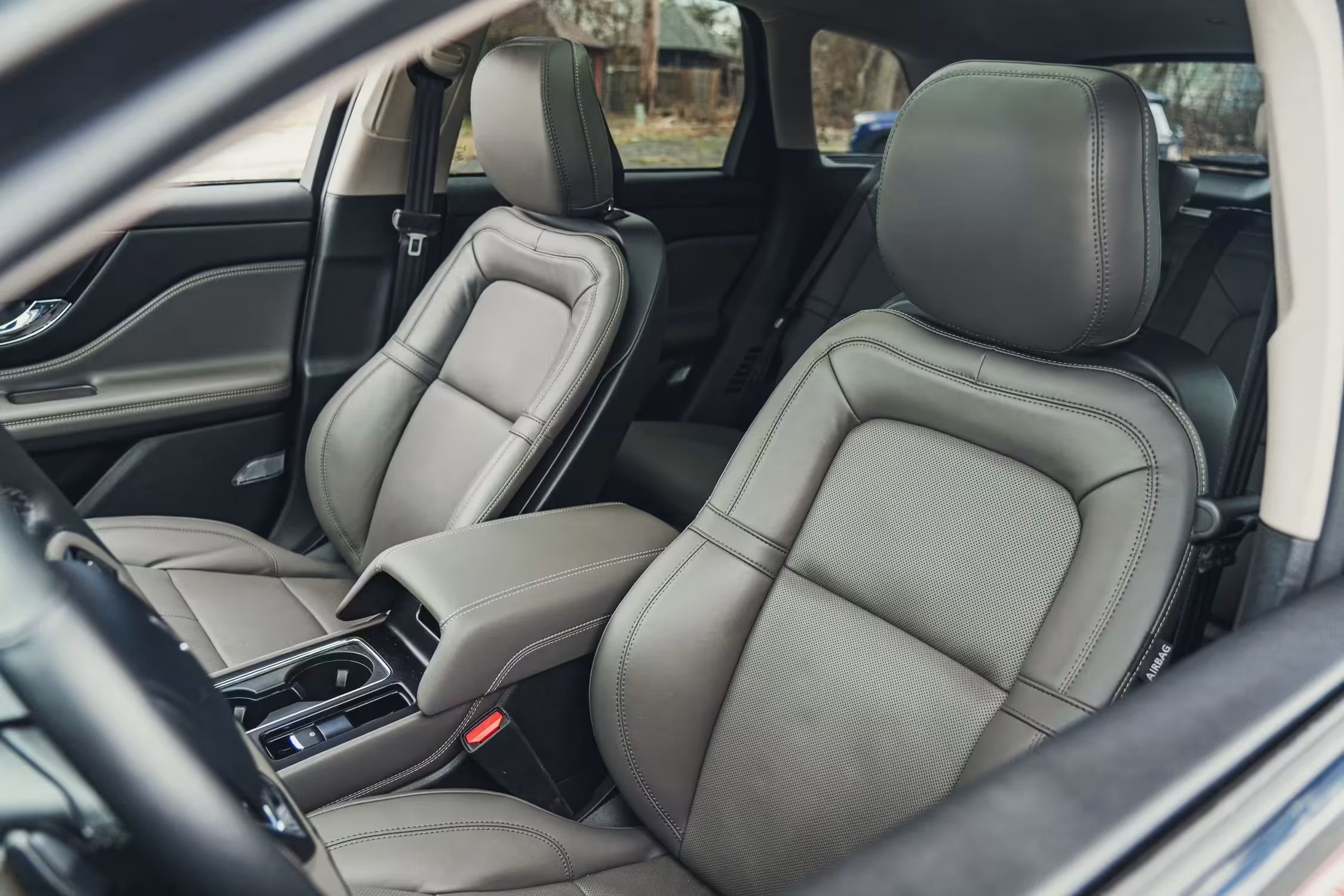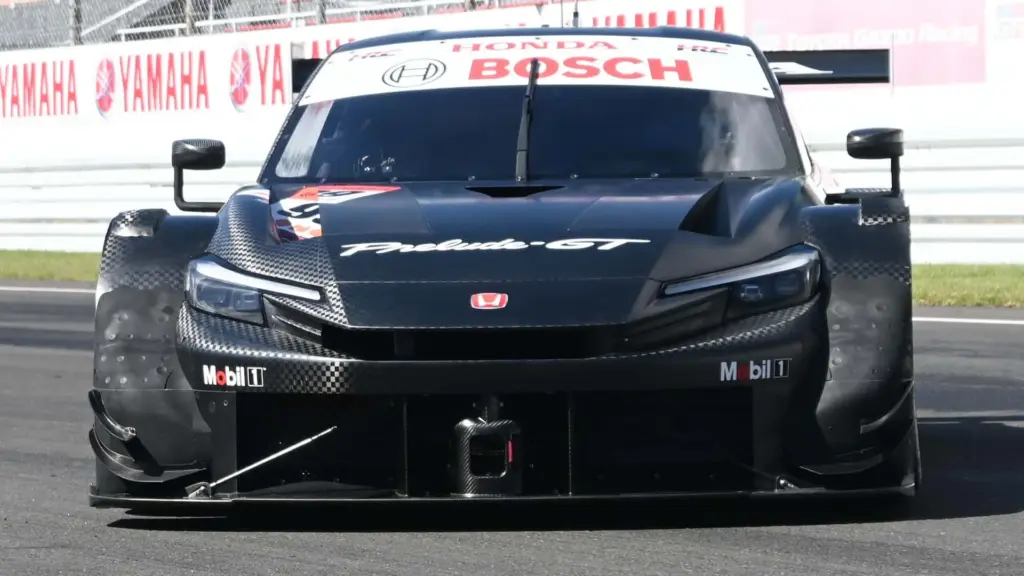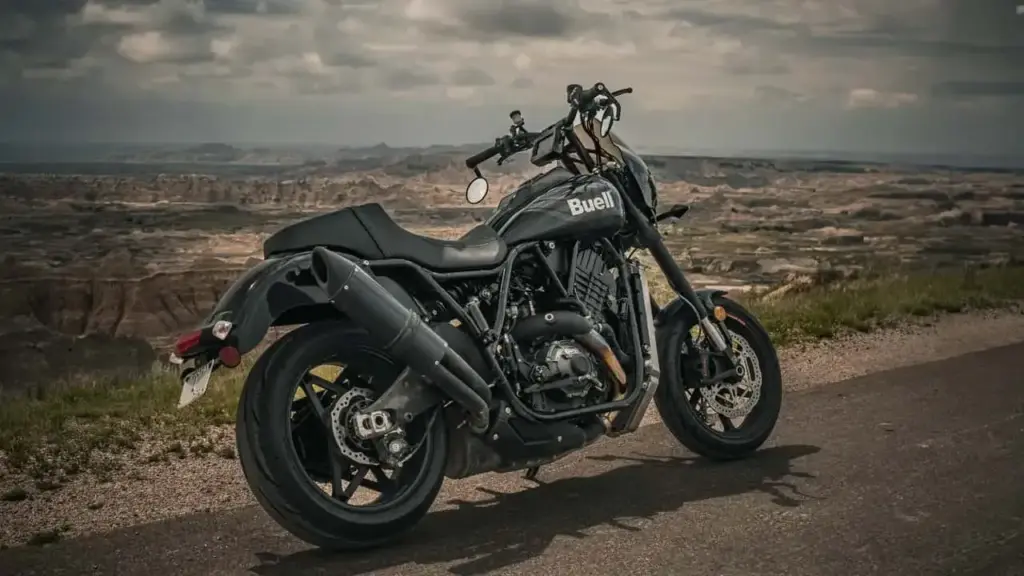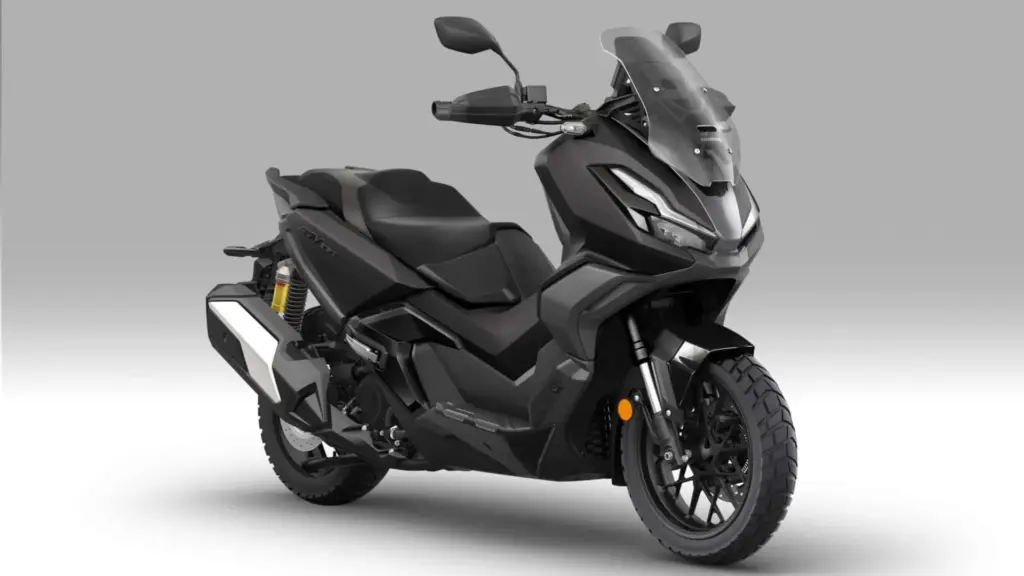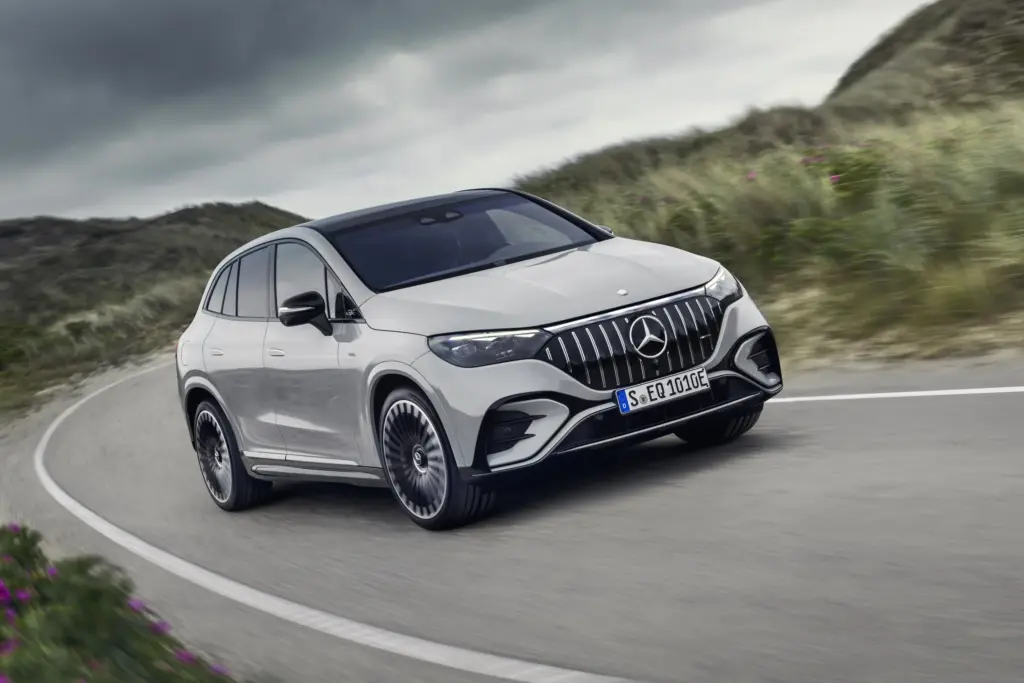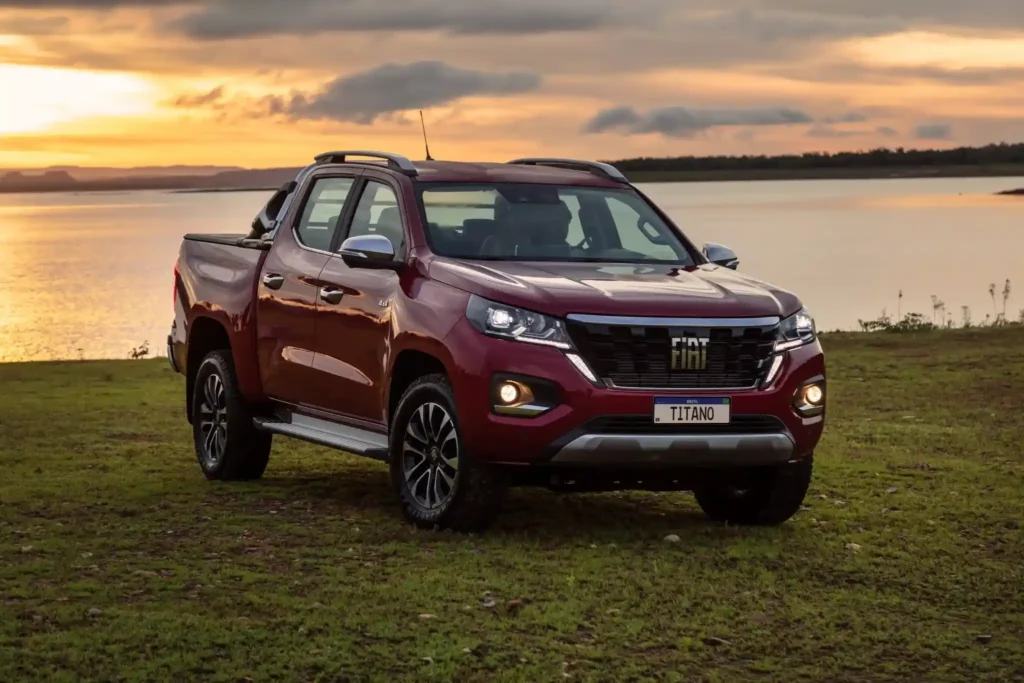Dear automotive enthusiast, if you’re looking for the perfect blend of refined luxury, cutting-edge technology, and a touch of electrification, get ready. The 2026 Lincoln Corsair Grand Touring, the plug-in hybrid (PHEV) version of this elegant SUV, arrives promising to be a true sanctuary on wheels, and I dove deep to bring you all the details.
This isn’t just another car; it’s about an experience. With the latest info painting a picture of continuity with subtle improvements over the previous model, we’re eyeing a vehicle that bets heavily on comfort and efficiency to earn its spot in the competitive compact luxury SUV segment.
What Makes the 2026 Lincoln Corsair Grand Touring So Special?
Look, being special in this market isn’t easy, but the 2026 Corsair Grand Touring has its aces. Its goal is clear: to offer a peaceful and sophisticated refuge in the chaotic daily rush, without giving up the versatility an SUV provides. It’s the top-tier version, which means Lincoln packed in all the best they had.
The highlight here is the PHEV system, letting you drive a good number of miles purely on electricity—perfect for quick city runs or commuting without burning a drop of gas. This duality between the combustion engine and electric motor gives it that energetic versatility, man. It’s a luxury SUV that minds your wallet and the planet, at least partially.
What’s the Estimated Price of the 2026 Corsair Grand Touring?
Now, the part that makes us scratch our heads: the price. As the most complete and electrified version, expect a price matching the luxury offered. Estimates put the starting price around $56,000 USD. In euros, that would be approximately €51,520 EUR, using a reference exchange rate (remember, that damn thing is always changing).
That price puts it head-to-head with heavyweight names in the segment, like the Audi Q5 or BMW X3. The question is whether the extreme focus on comfort and the “sanctuary” experience justifies this investment for you, especially considering sportier options in this tier. If you’re exploring the luxury SUV world, you might be interested to know if it’s worth paying more for certain models on the market.
How Is the PHEV Powertrain and Performance?
Let’s talk numbers, because in the end, an engine is an engine. The Corsair Grand Touring PHEV is equipped with a 2.5L i-VCT Atkinson I-4 combustion engine, working alongside synchronous electric motors. Combined power reaches a respectable 266 hp.
The transmission is an eCVT, like we know from other hybrids, focusing on smoothness and efficiency. All-wheel drive (AWD) comes standard, with the rear electric motor giving that extra push to the back wheels. Don’t expect jaw-dropping launches like a pure sports car—the 0-60 mph acceleration is estimated at about 7.0 seconds—but for daily driving and trips, it’s more than adequate.
This powertrain setup is actually key for those seeking a smooth transition to electrification. It’s different from the fully electric approach seen in models like the 2026 Cadillac Optiq-V, which bets everything on pure electric power.
What About Range and Energy Efficiency?
The big advantage of a PHEV like the Corsair is the ability to run purely in electric mode. The EPA-estimated electric range is about 28 miles (45 km). That may seem low to some, but it’s perfect for most daily city trips.
Combining gas and electricity, the consumption reaches an impressive 78 MPGe (equivalent to 78 miles per gallon gasoline equivalent). Running only on gasoline, consumption is around 33 MPG (approximately 14 km/l). Charging times are reasonable: 10-11 hours on a regular outlet (Level 1) and 3-4 hours on a 240V charger (Level 2). It’s damn efficient for an SUV of this size.
What Are the Dimensions and Practical Capacities?
Let’s talk space, which is important for an SUV. The Corsair has compact dimensions for the luxury segment, making city life easier. It measures 181.3 inches (4,607 mm) long, 74.3 inches (1,887 mm) wide (without mirrors), and 63.8 inches (1,620 mm) tall. The wheelbase is 106.7 inches (2,710 mm).
The curb weight is 4,492 lbs (2,038 kg), slightly high due to the hybrid system. The trunk offers 27 cubic feet (764 liters) behind the first row (folded) or 28 cubic feet (781 liters) behind the second row. The fuel tank capacity is 11 gallons (42 liters), and the towing capacity is 2,000 lbs (907 kg). For those comparing with other luxury SUVs, the capacities are competitive, though the battery steals a bit of space, like on other electrified models.
What Technologies and Innovations Are Included?
This is where Lincoln shines, turning the cabin into a true digital and secure sanctuary. The Lincoln Co-Pilot360™ 2.1 driver assistance package is standard, including automatic braking, blind-spot monitoring, and other key aids. For those into semi-autonomy, ActiveGlide is optional on mapped highways—you can take your hands off the wheel and the car keeps going. It’s a breeze, or better yet, *without* touching the wheel, damn.
The SYNC® 4 infotainment system with a 13.2-inch central touchscreen is modern, intuitive, and comes with wireless Apple CarPlay® and Android Auto™. The 12.3-inch digital instrument cluster is fully customizable. Features like Phone As A Key and “Perfect Position” (optional) massage seats reinforce the luxury and comfort proposition. An SUV like the 2025 Lexus GX also invests heavily in technology and comfort, showing that this is the battleground in the segment.
Detailed Specs (Summary)
- Powertrain: 2.5L I-4 Atkinson + Electric Motors
- Combined Power: 266 hp
- Transmission: eCVT
- Drive: All-Wheel Drive (AWD)
- Battery: 14.4 kWh Lithium-Ion
- Electric Range (EPA est.): Approx. 28 miles (45 km)
- Combined Efficiency (MPGe): 78 MPGe
- Acceleration (0-60 mph): Estimated 7.0s
- Length: 181.3 inches (4,607 mm)
- Width (without mirrors): 74.3 inches (1,887 mm)
- Height: 63.8 inches (1,620 mm)
- Curb Weight: 4,492 lbs (2,038 kg)
- Trunk Capacity: 28 cubic feet (max.)
- Fuel Tank: 11 gallons (42 liters)
- Towing Capacity: 2,000 lbs (907 kg)
Technology Highlights
- Lincoln Co-Pilot360™ 2.1 (Safety Package)
- ActiveGlide (Optional Semi-Autonomous Driving)
- 13.2″ Central Screen with SYNC® 4
- 12.3″ Digital Instrument Cluster
- Phone As A Key
- “Perfect Position” Seats (Optional)
- Head-Up Display
- Revel® Sound System (Optional)
- Adaptive Suspension
What Changed for 2026?
The changes for 2026 aren’t revolutionary but evolutionary. The model sticks to the 2025 foundation, with visual and technological refinements. The front was redesigned with a more imposing grille and thinner, more modern LED headlights. Inside, the focus on the “quiet sanctuary” continues, with high-quality materials and impeccable finish.
The big tech catch is the consolidation of the SYNC® 4 interface, which was already good and now feels even more integrated. Assisted driving features also received attention. It’s more of a polish than a revolution, but this was already a car with a very solid base in terms of comfort and onboard technology.
How Does the Corsair Compare to Its Rivals?
In the ring of electrified compact luxury SUVs, the Corsair faces heavy hitters. Its main difference lies in priority: while many rivals focus on a sportier driving dynamic, Lincoln prefers extreme comfort and onboard silence. It’s a choice and could be ideal for those who don’t care much about pushing corners to the limit.
Compared to the 2025 Audi Q5 TFSI e or a hybrid BMW X3, for example, the Corsair might seem less agile. But damn, the cabin comfort is next level. The competitor list is long, and each has its strong suit. The Volvo XC60 Recharge, for instance, has a strong safety and sustainability appeal, while the Lexus NX 450h+ is known for being bulletproof.
Quick Comparison with Direct Competitors (PHEV)
- Lexus NX 450h+: More combined power, reputation for reliability. Interior less focused on the “sanctuary” feel, usually higher starting price.
- Volvo XC60 Recharge: Significantly higher power (in some versions), Scandinavian design, strong on safety. Infotainment may be less intuitive, firmer ride.
- Audi Q5 TFSI e: Sportier driving dynamics, high-quality interior build, cutting-edge technology (Virtual Cockpit). Electric range might be lower, option costs high.
Pros and Cons of the 2026 Lincoln Corsair Grand Touring
- Positives:
- High-Level Comfort and Finish (True Sanctuary)
- Modern and Comprehensive Onboard Technology (SYNC 4, Co-Pilot360)
- Smooth and Relaxing Driving (Adaptive Suspension)
- Efficiency of the PHEV System for Urban Use
- Elegant and Distinct Design
- Negatives:
- High Price (Top Trim Competes with Strong Names)
- Performance Focused on Comfort, Not Sportiness
- Trunk Space Slightly Reduced by Battery
- Maintenance and After-Sales Could Be Challenging in Markets Without Official Networks
- Electric Range Could Be Greater Compared to Newer Models
Frequently Asked Questions (FAQ)
- Is the 2026 Lincoln Corsair Grand Touring a global car? Yes, although availability varies. It’s officially sold in markets like the US and China, but in other regions, it might depend on independent importers.
- What’s the main difference between the 2026 and 2025 models? The updates are subtle, focusing on styling (redesigned front) and technology (SYNC 4 consolidation and Co-Pilot360 enhancements).
- Is the 28-mile electric range enough? It depends on your usage. For short daily trips (home-work, errands), it’s more than enough to drive purely in electric mode and save fuel.
- Is it as fast as other luxury SUVs? That’s not the focus. The Corsair prioritizes comfort and smooth driving. Its acceleration is adequate for daily use but lacks the sporty appeal of some rivals.
- Is it hard to maintain a Lincoln in countries where the brand doesn’t officially operate? It can be challenging. Maintenance would rely on specialized workshops and importing parts, which can impact cost and repair time.
In the end, the 2026 Lincoln Corsair Grand Touring PHEV is a luxury SUV for those who value comfort above all. It won’t give you the adrenaline rush of a sports car but will embrace you with quality materials, enviable quietness, and cutting-edge technology. The price is steep, yes, and maintenance can be tricky outside official markets. But if you’re after a luxurious electrified refuge for traffic and trips and don’t mind sacrificing a more aggressive performance, this damn car might be for you.
And you, what do you think about the 2026 Lincoln Corsair Grand Touring PHEV? Leave your comment below and let’s chat!
Author: Fabio Isidoro
Founder and editor-in-chief of Canal Carro, he dedicates himself to exploring the automotive universe with depth and passion. A car and technology enthusiast, he produces technical content and in-depth analyses of national and international vehicles, combining quality information with a critical eye for the public.

